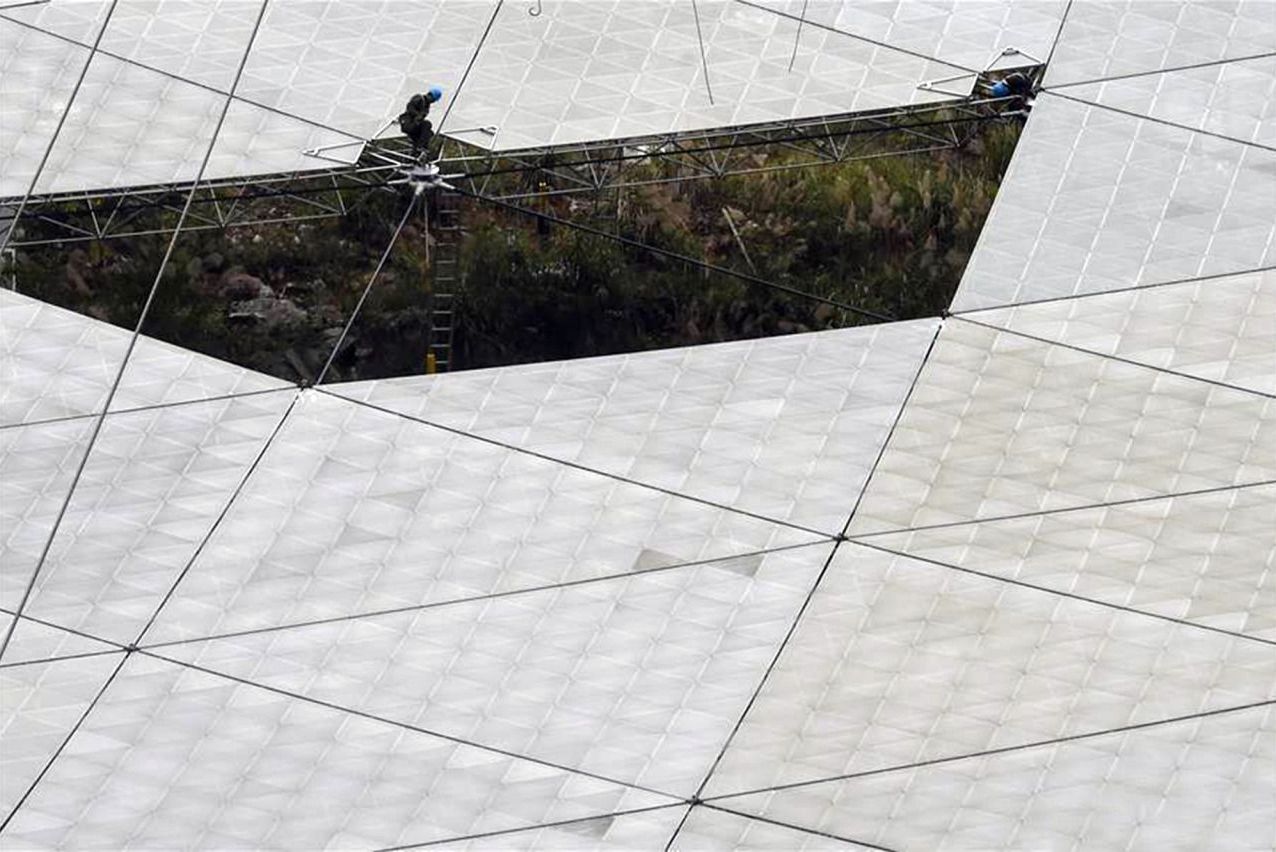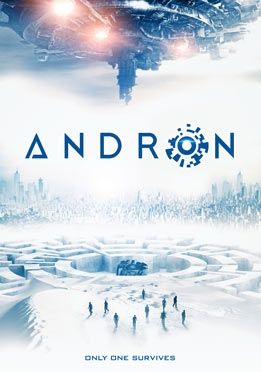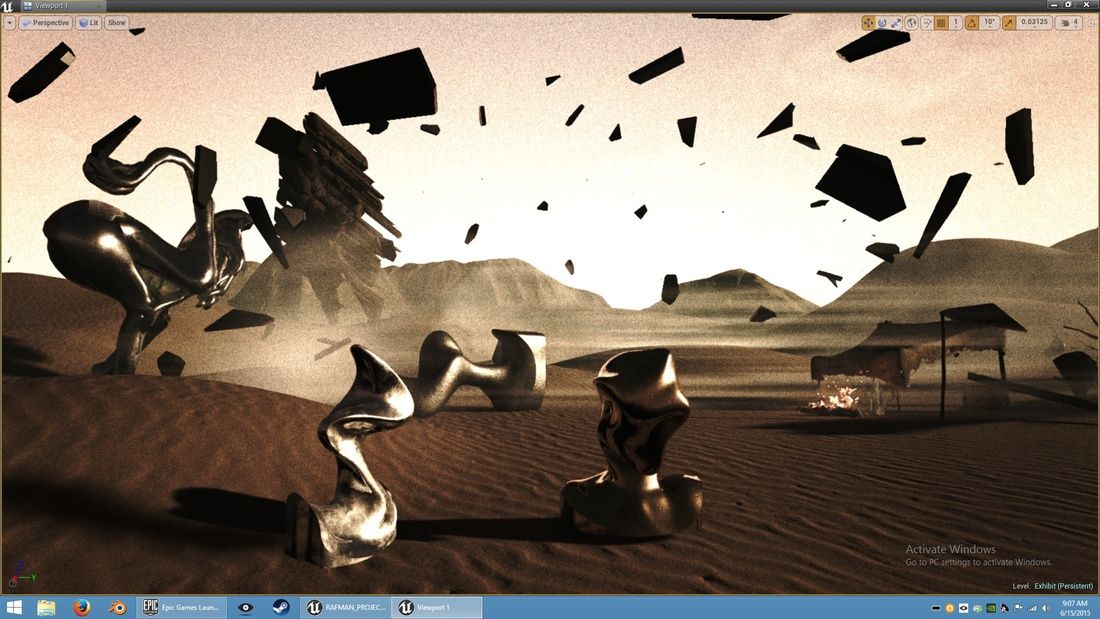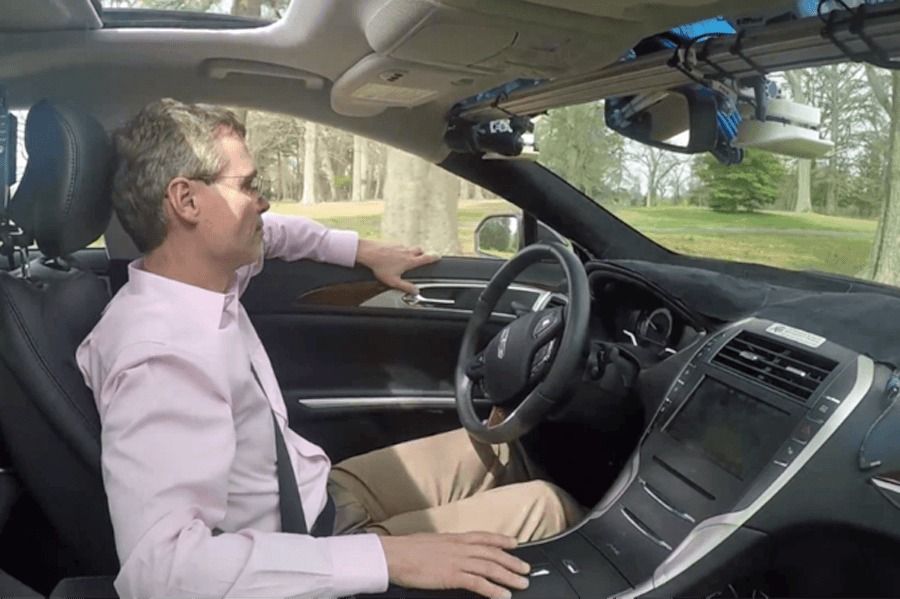WORMHOLES could be responsible for gravitational waves, a new study has suggested, adding more mystery to the “scientific breakthrough of the year”.
The world’s largest radio telescope is almost finished — and it’s going to try to make contact with extra-terrestrial life.
This fascinating video and stunning photos show how close the 500m wide Aperture Spherical Telescope, or “FAST”, is to completion.
The structure, in China, will be operational by September and key components have already been tested.
Andron: Movie Trailer
Posted in entertainment
A Germany-based company, Paravan, is a leader in the electric wheelchair market and related accessories to adapt vehicles for people with disabilities. While they mostly work with vans and trucks, their latest product makes almost any car with enough trunk space extremely practical for someone using a wheelchair.
They installed it in a Tesla Model S to illustrate the functionalities of the product and the range of vehicles it can be installed on.
A robotic arm, called Robot 3000, can automatically lift a wheelchair (up to 25 kg – 55 lbs) from the trunk of a vehicle, then it moves the chair to the driver’s side and extends it all the way to the driver’s door.
“Who rumors surfaced early last month that Australian cryptographer Craig Wright would attempt to prove that he created Bitcoin, Gavin Andresen remained skeptical. As the chief scientist of the Bitcoin Foundation, his opinion counts: Andresen is among the earliest programmers for the cryptocurrency, and likely the one who has corresponded more than anyone with Satoshi Nakamoto, Bitcoin’s pseudonymous, long-lost inventor.”
“Virtual reality, too, has existed for a long time—at least in some form. In 1935, American science fiction writer Stanley G. Weinbaum planted early seeds of virtual reality with his short story Pygmalion’s Spectacles, having imagined a pair of magic goggles that could transport the wearer into a faraway place—a holographic, multisensory motion picture complete with touch and smell.”
The article states that European royal houses are all closely related. Well in humanities history it’s thought that over 80% of all marriages were between second cousins or closer. While until the industrial revolution the nobility would have been the only demographic who could travel further than as far as you can walk from your home and back in a day. So until the industrial revolution the nobility were probably the most genetically diverse demographic.
‘Virgin births’ happen in nature more than we thought, says Frank Swain, so what’s stopping human beings from doing the same?
Gearing up to offer one-gigabit-per-second Internet service in five U.S. cities this year. The first five cities to see the blazing speed are Nashville, Atlanta, Chicago, Detroit, and Miami.
Comcast, the Internet provider everyone loves to hate, is gearing up to offer one-gigabit-per-second Internet service in five U.S. cities this year. The first five cities to see the blazing speed are Nashville, Atlanta, Chicago, Detroit, and Miami. In line with Google Fiber, Verizon FiOs, and municipal offerings at one-gigabit speeds to the home, the new Comcast service will dramatically increase download speeds. Most subscribers currently receive download speeds of 25–100 megabits per second. For the customers with a 100Mbps connection, the increase boosts their speed 10 times over. For customers with 25 megabit connections, it’s 40 times faster. At that rate, one could download a full-length HD movie in around seven seconds. Not bad.
What sets Comcast’s gigabit service apart is the fact that the Internet provider is not using fiber optic lines to achieve the mega-fast speeds. Instead the company is using the existing coaxial cable lines that are already piped into people’s homes, giving Comcast a potentially huge advantage over a project like Google Fiber—which requires digging costly trenches through cities to lay fiber cables.
Hardware Boost
Comcast’s gigabit-over-coax Internet requires a new kind of cable modem. That device is charmingly classified under a new DOCSIS 3.1 standard, an acronym for Data Over Cable Service Interface Specification. And while it looks like any other black box, this new standard is capable of pumping data at 10 Gbps over existing coaxial cable. Still, Comcast is ushering in its new service with only a tenth of that power—currently offering one gigabit per second downstream speeds with 35Mbps upstream.









